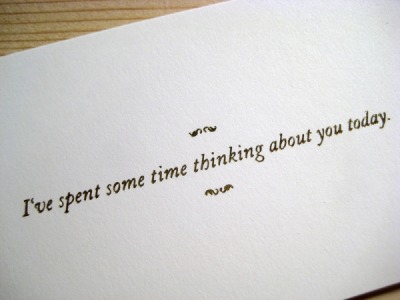We're often asked: how'd you come up with that? While a rather trite and
self-promoting response might be . . . we "look at more stuff and think
about it harder" . . . it's also the best one we have. This past Tuesday, we
asked a professor of anthropology at UNC-Charlotte, Gary Ferraro, to come
into the office and speak to us about the world of cultural anthropology and
what it might mean to us at Play. With the basic background of who we are
and what we do, Gary got our minds moving in a thousand directions. From the Hanunoo who live in the Phillipines and their 70-80 shades of
blues/greens to edic vs. emic categories of observation to suggestions for
what to do during our team's upcoming trip to Dubai, we were flooded with
stories, theories and applications. With the notion that more diversity in
perspectives yields more diverse ideas ONLY IF people appreciate their
differences - I thought "hmmm . . . that's a big if" -- how can we at Play
help people do that? In the spirit of connecting personal passions outside of work to passions atwork, I returned to a project that I had actually completed while studying
abroad in college - in Chile. During my one-month independent study project,
I lived in the small archipelago of Chiloe off the southern coast of Chile
and did an intercultural study with students in grades 3 -12. On the morning
following Gary's presentation, I brought it in to share during our Wednesday
morning meeting breakfast.I shared one of the exercises that I used with students in grades 3-5. On
one side of the paper, students had to draw "where I'm from" and on the
other side "what I imagine when I think about the US." Each student drew the
two pictures and shared what they had with the class - many of their
pictures of where they were from - showed images of the home, of fishing, of
the famous churches, of their familes - and nearly all of the images of the
United States were of skyscrapers, specifically the World Trade Center. I
then showed them the picture that I had previously drawn of "where I'm from"
and "what I imagined when I thought about Chile before I got here." I showed
them how different my initial picture was of Chile from what I experienced -
and most importantly, that there were no people in the pre-drawing and now
the people of Chile is what I'll remember most. It was our job as a group to
talk about how our expectations are different from what really is - and how
alike we actually were.
With that, we had a group discussion on what an exercise with
Spanish-speaking 3rd graders halfway around the world has to do with us as a
business. What do we do now that is like this exercise? What kind of groups
need to reach common ground? What does the exercise of drawing bring to the
table? Etc."How'd you come up with that? That's how."

0 comments:
Post a Comment